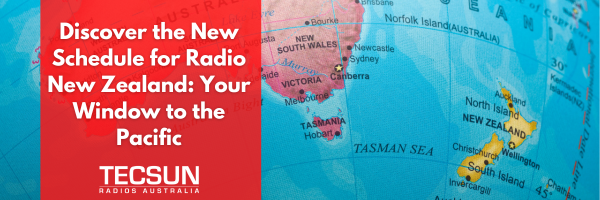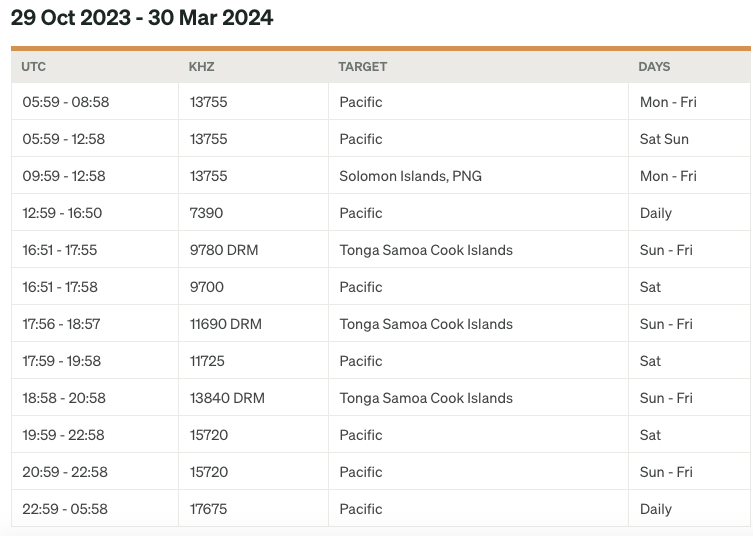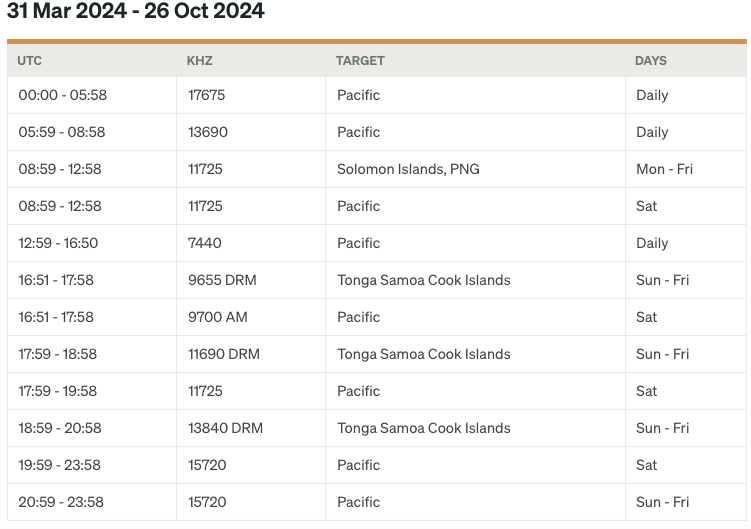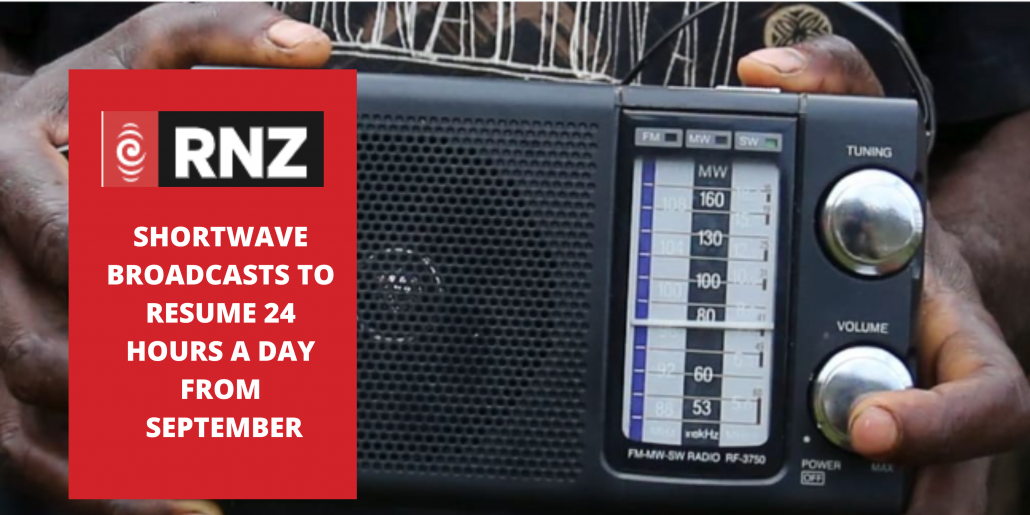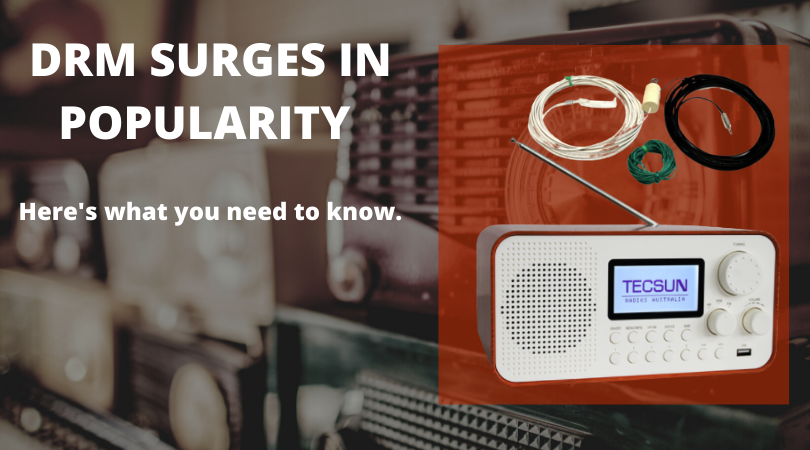
After many years of stagnation, DRM is emerging as a perfect fit for shortwave broadcasters seeking to increase their audience, and at the same time reducing their energy consumption.
DRM is an open source, non proprietary standard for terrestrial broadcasting, promoted by the DRM Consortium, a group of transmission equipment and receiver manufacturers as well as international broadcasters.
Over 30 broadcasters from around the world now carry DRM broadcasts. The latest schedule can be found here: http://www.hfcc.org/drm/
To receive DRM broadcasts a suitable receiver is required. The GR216 receiver, https://www.tecsunradios.com.au/store/product/tecsun-drm-radio/, promoted by Tecsun Radios Australia is a high-performance receiver, both on DRM and analogue shortwave. It is a self-contained unit, with provision for the connection of external antennas for shortwave and FM.
The receiver includes a self contained linear power supply which eliminates interference caused in receivers powered by switch mode power supplies.
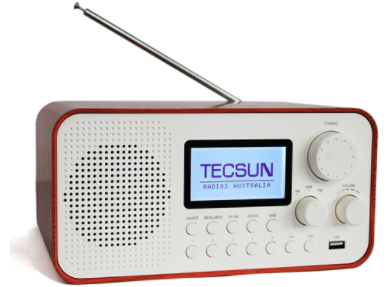
We recommend an external antenna for good DRM reception and our MW/SW Outdoor Antenna https://www.tecsunradios.com.au/store/product/tecsun-shortwave-outdoor-antenna/ is most suitable. This antenna incorporates a 9:1 balun to provide the correct impedance for most shortwave receivers with an external antenna socket.
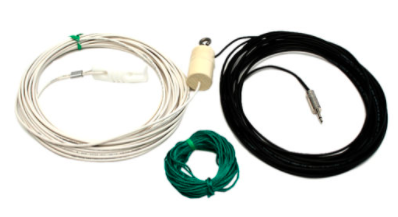
The typical improvement over the same length of wire without the matching components is between 10 and 15dB in signal level.
A word about antennas:
Directional characteristics of random wire and long wire shortwave receiving antennas are dependent upon the antenna length, height above ground, received frequency and directional orientation of the antenna wire. The four elements are interactive.
Generally the antenna should be aimed so that the transmission source is at 90 degrees to the antenna. So if the transmission source is to the West, run the antenna on a North South direction if possible. This works best on antennas that are less than a quarter wavelength in length and mounted a quarter wavelength above the ground (such as the antenna mentioned above).
In the case of a simple longwire without matching, the length of the wire cut for one quarter wavelength at popular DRM frequencies is as follows:
13Mhz: 6 metres in length, 15Mhz: 5 metres in length, 7 Mhz: 10 metres in length
A simple long wire antenna will work better at greater elevation above the ground, ie the higher the better. Multistrand insulated wire will work better and for longer that solid copper wire, which will weaken with repeated movement.
In practical terms, a DRM receiver with an external antenna will be able to hear most current DRM broadcasts from 13-18Mhz. Check the broadcasting schedule for the appropriate times.
Remember that all times are given in GMT and that means AEST (Australian Eastern Standard Time) is 10 hours ahead of GMT. Hence (for example) the BBC Relay from Singapore on 15620Khz will appear between 2pm and 8pm AEST.
One more factor that can influence the success of your reception is the direction in which the signal is being beamed.
This information is also available on the DRM HF schedule site. If you are in the target area you will have a much better chance of sucessfully receiving DRM broadcasts.
Target areas can be seen here: https://www.drm.org/what-can-i-hear/broadcast-schedule-2/
There are many stations that can be received if suitable attention is paid to antenna orientation, and broadcasting schedules, with more stations being added to the schedule every month.
Good Listening !
